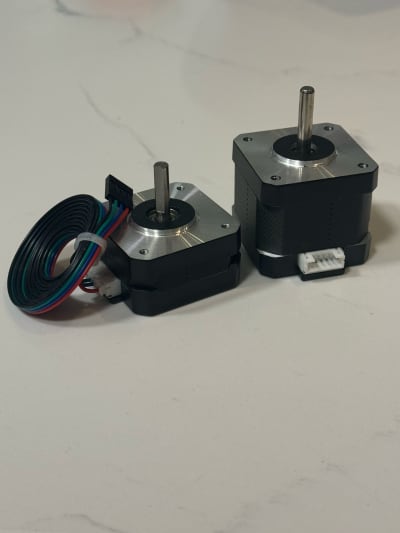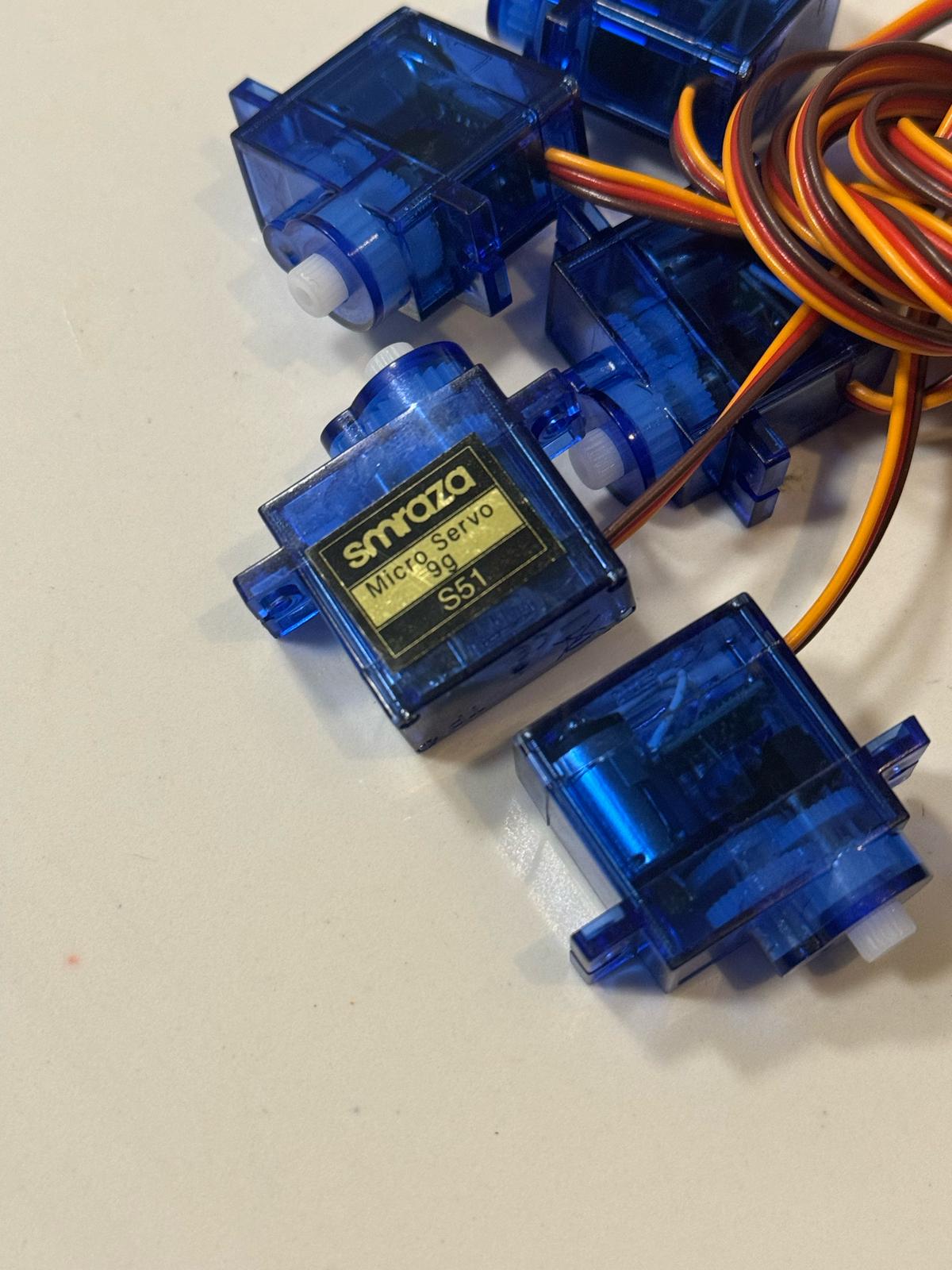Small Motors Explained: Servo, Stepper, and DC Motors for Robotics & DIY Projects
Table of Contents
Contents
Small Motors Explained: Servo, Stepper, and DC Motors for Robotics & DIY Projects
Small motors power a vast range of applications, from robotics and automation to DIY electronics and 3D printers. Understanding the differences between DC motors, stepper motors, and servo motors can help you choose the best motor for your project.
This guide covers how these motors work, their advantages and disadvantages, and where to find them for your next build.
1. DC Motors: Simple & Efficient Motion Control
Overview
DC (Direct Current) motors are widely used for continuous motion applications, offering a simple yet powerful way to convert electrical energy into mechanical motion.
Types of DC Motors
Brushed DC Motors
- Uses brushes and a commutator to switch current direction.
- Pros: Simple design, low cost, easy speed control.
- Cons: Brushes wear out over time, requiring maintenance.
- Common Uses: Toys, small appliances, power tools, and automotive components.
Brushless DC Motors (BLDC)
- Uses electronic commutation instead of brushes.
- Pros: High efficiency, long lifespan, lower maintenance.
- Cons: Requires a controller, slightly more expensive.
- Common Uses: Drones, electric vehicles, robotic actuators.
Featured DC Motors

DC Motors for DIY Projects
Choose from a variety of DC motors for your robotics and DIY electronics projects:
- • Mini Electric 1.5-3V 24000RPM Hobby Motor
- • 775 DC Motor 12V-24V High Torque Motor (2-Pack)
- • 8pcs TT Motor Dual DC 3-6V for Arduino Projects
Note: As an Amazon Associate, I earn commission from qualifying purchases.
2. Stepper Motors: Precise Motion for 3D Printers & CNC Machines
Overview
Stepper motors rotate in discrete steps, making them ideal for precise positioning applications where accuracy is crucial.
Types of Stepper Motors
Permanent Magnet Stepper Motors
- Uses a magnetic rotor and electromagnetic stator.
- Pros: Good torque, simple control.
- Cons: Lower resolution compared to hybrid stepper motors.
- Common Uses: Printers, scanners, robotic arms.
Hybrid Stepper Motors
- Combines permanent magnet and variable reluctance motor features.
- Pros: Higher resolution, improved torque.
- Cons: More expensive than basic stepper motors.
- Common Uses: CNC machines, 3D printers, industrial automation.
Featured Stepper Motors

Stepper Motors for Precision Control
Perfect for 3D printers, CNC machines, and precision robotics projects:
- • Stepper Motor + ULN2003 Driver Board for Arduino
- • High Torque Nema 23 CNC Stepper Motor (425oz.in/3Nm)
- • Nema 17 Stepper Motor for DIY CNC & 3D Printer
Note: As an Amazon Associate, I earn commission from qualifying purchases.
3. Servo Motors: High-Precision Motion for Robotics & RC Projects
Overview
Servo motors provide precise control over position, speed, and torque through a feedback system, making them ideal for applications that require angular motion control.
Types of Servo Motors
AC Servo Motors
- Uses alternating current for operation.
- Pros: Highly efficient, precise control, handles high-speed applications.
- Cons: More complex and expensive.
- Common Uses: Industrial robotics, CNC machines, aerospace applications.
DC Servo Motors
- Uses direct current and an internal control system.
- Pros: Simple control, cost-effective.
- Cons: Brushed versions require maintenance.
- Common Uses: Hobby robotics, RC vehicles, robotic arms.
Featured Servo Motors

Servo Motors for Robotics & RC Projects
High-precision servo motors for robotics, RC vehicles, and automation:
- • MG995 Control Angle 180° Metal Gear Servo (20KG)
- • SG90 Micro Servo Motor for Arduino (3 Pcs)
- • 20KG High Torque Digital Servo (4 Pack)
Note: As an Amazon Associate, I earn commission from qualifying purchases.
Choosing the Right Motor for Your Project
When selecting a motor, consider these key factors:
✅ Precision & Positioning: Use stepper motors for open-loop control or servo motors for high accuracy.
✅ Speed & Efficiency: Choose brushless DC motors (BLDC) for smooth, high-speed motion.
✅ Torque Requirements: Stepper motors work best for applications needing precise torque control.
✅ Longevity & Maintenance: Brushless motors last longer, while brushed DC motors are more affordable for budget projects.
Conclusion
Whether you’re building a robotic arm, a 3D printer, or a remote-controlled vehicle, understanding the strengths of DC motors, stepper motors, and servo motors will help you choose the right one for your needs.
Each motor type has unique advantages, from the precise control of stepper motors to the high-speed efficiency of brushless DC motors. By selecting the right motor for your project, you’ll achieve better performance and efficiency.
Ready to add these motors to your toolkit? Check out the featured products above to find the right motor for your next project!